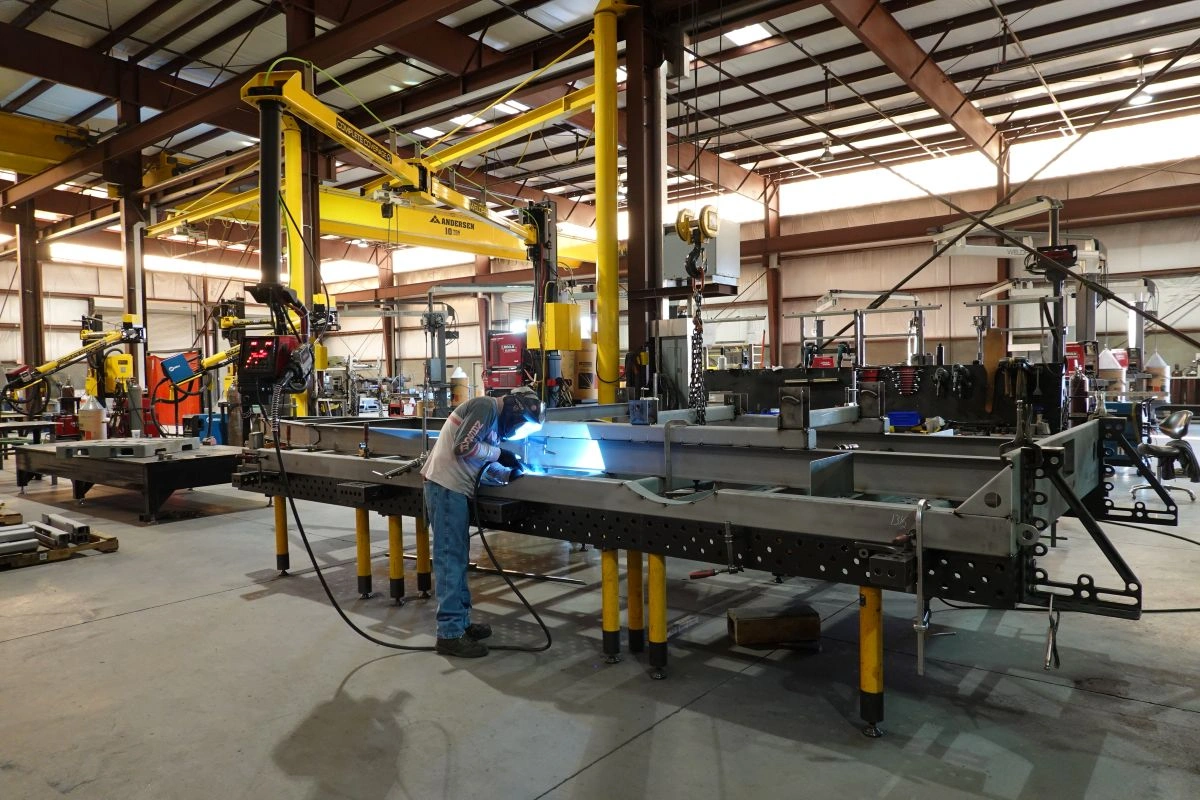Why Structural Steel Construction is Revolutionizing Modern Architecture
In the world of modern construction, Structural steel construction has emerged as a game-changer, offering unmatched strength, flexibility, and durability. Unlike traditional building materials, structural steel allows architects and engineers to design taller, more resilient, and aesthetically versatile buildings. The ability to withstand natural disasters, support expansive open spaces, and adapt to innovative designs has positioned structural steel construction as the preferred choice for future-ready structures. As cities expand and the demand for sustainable construction grows, this method is increasingly becoming synonymous with efficiency and long-term value.
Advantages of Structural Steel Construction
The primary advantage of structural steel construction lies in its incredible strength-to-weight ratio. Buildings constructed using steel frameworks can endure heavy loads without compromising structural integrity. This makes steel an ideal material for skyscrapers, commercial complexes, and industrial facilities. Moreover, structural steel construction significantly reduces construction time. Prefabricated steel components are manufactured off-site and assembled quickly on-site, minimizing delays and lowering labor costs. Another key benefit is sustainability. Steel is highly recyclable, allowing construction projects to meet modern environmental standards while maintaining durability and performance.
Design Flexibility with Structural Steel
Structural steel construction offers architects and builders unparalleled design flexibility. Steel can be molded into various shapes and spans long distances without requiring numerous support columns. This enables open floor plans, larger windows, and innovative architectural designs that would be difficult to achieve with concrete or wood. Additionally, steel frames accommodate future modifications more easily, allowing buildings to be expanded or repurposed without extensive demolition. The adaptability of structural steel construction makes it ideal for urban environments where space optimization is critical.
Durability and Longevity
One of the most compelling reasons to choose structural steel construction is its exceptional durability. Steel is resistant to pests, rot, and fire, reducing maintenance costs and increasing the lifespan of a building. Structures built with steel can last for decades, maintaining their strength and stability under harsh environmental conditions. Unlike other materials that may crack, warp, or degrade over time, structural steel construction ensures that buildings remain safe and functional long into the future. This reliability is particularly valuable for commercial properties and high-rise buildings where structural integrity is paramount.
Economic Efficiency of Structural Steel Construction
While the initial cost of steel may be higher than some traditional materials, the overall economic efficiency of structural steel construction is unmatched. Faster construction timelines reduce labor expenses, and the minimal need for repairs lowers long-term maintenance costs. Moreover, the lightweight nature of steel reduces foundation requirements, further decreasing project expenses. Investors and developers find that the upfront investment in structural steel construction pays off through reduced operational costs and enhanced building performance.
Sustainability and Environmental Impact
Sustainability is a key consideration in modern construction, and structural steel construction aligns perfectly with green building practices. Steel is 100% recyclable, and a significant portion of structural steel used in construction often comes from recycled sources. The precision of steel fabrication reduces material waste, and buildings can be designed for energy efficiency, supporting environmental goals. As cities focus more on sustainable development, structural steel construction continues to be a material of choice for eco-conscious architects and developers.
Future Trends in Structural Steel Construction
The future of durable buildings is closely tied to advancements in structural steel construction. Innovations such as modular steel construction, high-strength alloys, and integrated building information modeling (BIM) are transforming how projects are designed and executed. These technologies improve accuracy, reduce costs, and enable faster project delivery. Additionally, as urban populations grow, structural steel construction will continue to support taller, more complex buildings that meet evolving architectural demands. The combination of durability, flexibility, and sustainability ensures that structural steel will remain a cornerstone of the construction industry for decades to come.
Conclusion: Embracing Structural Steel Construction for Tomorrow’s Buildings
In conclusion, structural steel construction is more than a building method; it is a pathway to creating structures that are strong, flexible, and environmentally responsible. With its numerous advantages in design, durability, and economic efficiency, it is poised to dominate the construction landscape of the future. By adopting structural steel construction, builders and developers can ensure their projects are not only robust and resilient but also aligned with modern architectural and sustainability standards. The future of durable buildings is here, and structural steel construction is leading the way.
